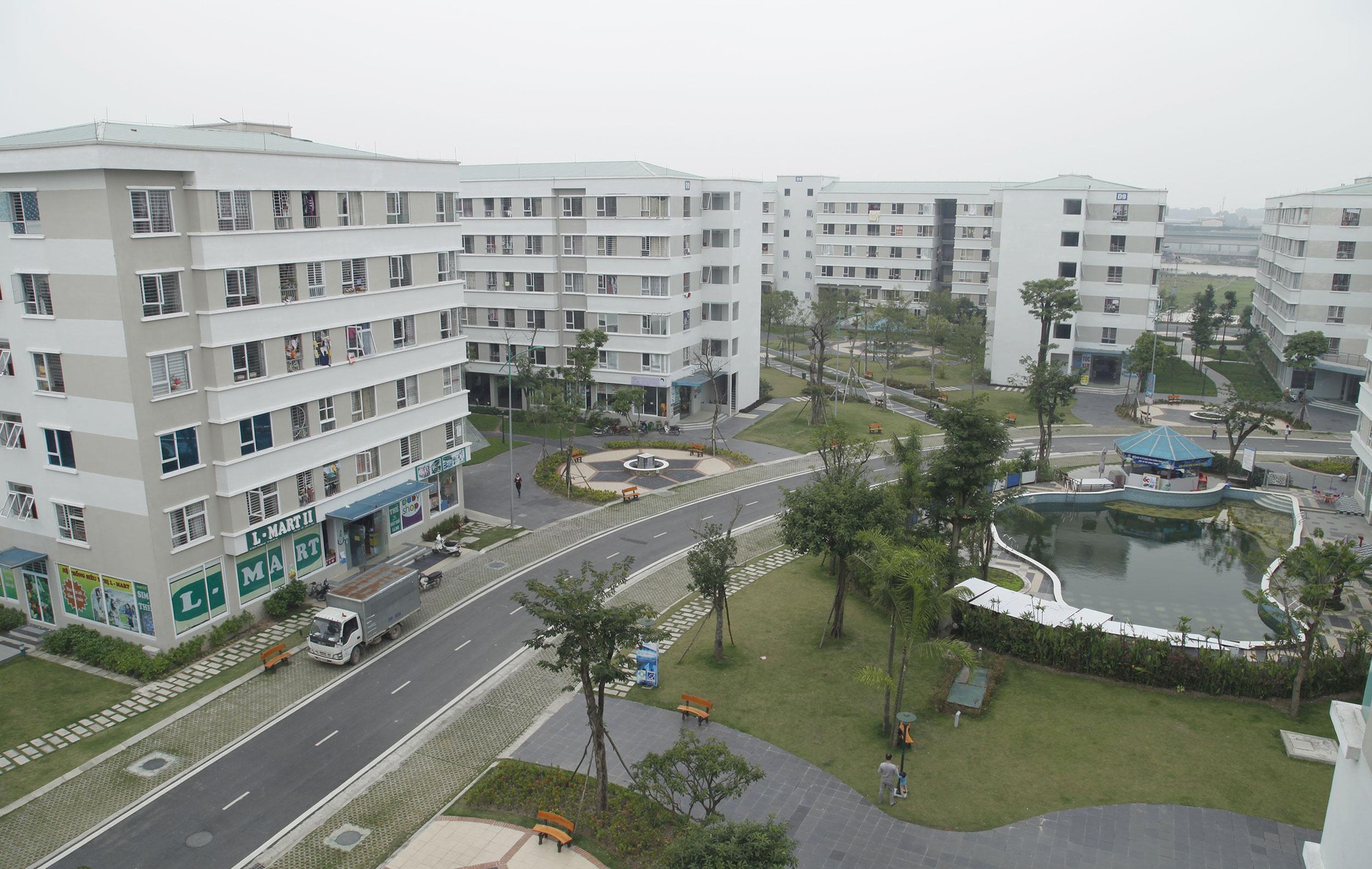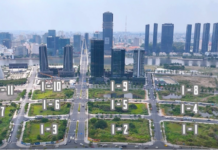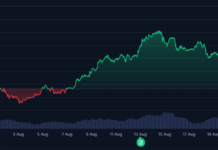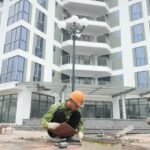According to the Ministry of Construction’s report, the list of 18 proposed enterprises includes leading conglomerates and corporations with strong financial capabilities, extensive experience in large-scale projects, and a commitment to partnering with the government in social housing development.
These include: Vingroup, Sun Group, Viglacera, Housing and Urban Development Corporation (HUD), Hancorp, Corporation 319 – Ministry of Defense, Nam Long, Becamex IDC, Vinaconex, Thanh An Corporation (Division 11), Truong Son Corporation (Division 12), Kinh Bac City (KBC), UDIC, Duc Manh, TasecoLand, Cat Tuong Group, Capital Investment Joint Stock Company, and Construction Corporation No. 1 (CC1).
The Ministry of Construction selected these enterprises based on key criteria such as robust financial capacity, capital mobilization ability, suitable land reserves, experience in large-scale housing projects, and commitments to quality, timeline, and cost standards. The selection of these “leading” enterprises is expected to accelerate progress, ensure synchronized implementation, and attract more private sector involvement in this field.

Additionally, the Ministry of Construction identified 15 localities with the highest demand and potential for social housing development, including: Hanoi, Ho Chi Minh City, Bac Ninh, Tay Ninh, Dong Nai, Phu Tho, Hung Yen, Hai Phong, Vinh Long, Dak Lak, Da Nang, Nghe An, Thai Nguyen, Ninh Binh, and Quang Tri.
These localities are characterized by rapid urbanization, thriving industrial zones, and increasing demand for housing among workers and low-income populations. Identifying these priority areas allows the Ministry to focus resources, avoid dispersion, and enhance oversight during implementation.
According to the Ministry of Construction’s report, in the first nine months of 2025, the country completed approximately 43,600 social housing units, achieving over 43% of the plan. By year-end, this number is projected to reach around 83,000 units, equivalent to 83% of the 2025 target. However, progress in many localities remains slow due to challenges related to land funds, investment procedures, land clearance, and access to preferential capital.
Therefore, clearly identifying capable enterprises and priority localities is seen as a necessary step to overcome bottlenecks and establish a synchronized framework for program implementation.
The selection of 18 leading enterprises underscores the Ministry of Construction’s focused approach and aims to enhance professionalism and control in social housing development. With major players involved, the government can establish unified coordination mechanisms, shorten appraisal times, expedite approvals, and ensure project quality. This marks a shift from spontaneous development to a planned and selective investment model, aiming for a sustainable, stable, and transparent housing supply.
During the 2025–2030 period, Vietnam aims to complete at least 1 million social housing units, prioritizing housing for industrial zone workers and low-income urban residents. The Ministry of Construction will continue collaborating with ministries, sectors, and localities to refine land, credit, and administrative procedure incentives, while proposing mechanisms for periodic progress and quality monitoring. If implemented comprehensively, the formation of leading enterprise groups and priority localities will lay a crucial foundation for Vietnam to achieve its goal of providing safe and suitable housing for low-income populations in the coming decade.
State-Established Online Real Estate Valuation and Trading Center to Pilot Soon
The Ministry of Construction has proposed a two-year pilot implementation period, set to take place from 2026 to 2027.
Can the Rise of Social Housing Cool Down Soaring Property Prices?
Amid soaring commercial property prices, the dream of stable housing for urban residents feels increasingly out of reach. Even the social housing sector, once seen as a solution to ease this pressure, is now plagued by delays, further complicating the situation.













































